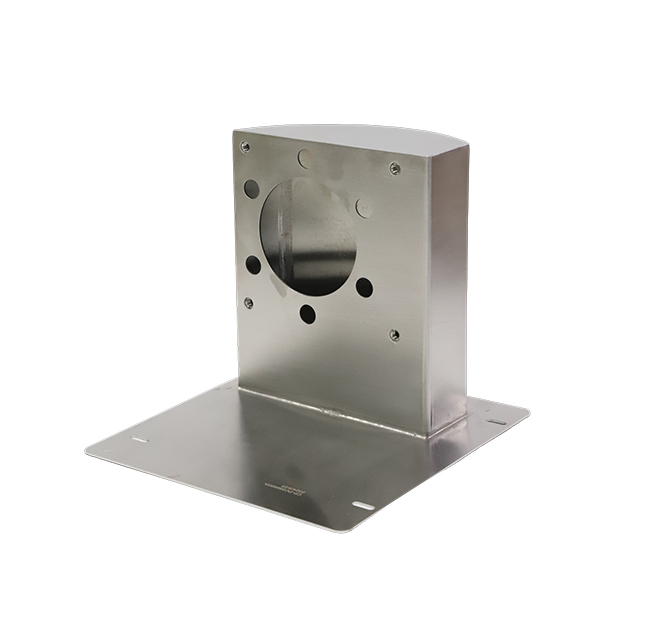Time:2025-07-03 Views:0 source:CNC Machining customization source:CNC Machining news

Sheet metal processing encompasses a wide range of special processing methods that go beyond traditional techniques, offering unique capabilities for complex and specialized applications. These methods are designed to handle challenging materials, create intricate geometries, or achieve specific surface properties.
Electrical Discharge Machining (EDM) is a notable special processing method used in sheet metal work. EDM works on the principle of electrical erosion, where a series of electrical sparks between a tool electrode and the sheet metal workpiece remove material gradually. This process is particularly useful for machining hard metals or alloys that are difficult to cut using conventional methods. For instance, when processing high-strength titanium alloys in sheet metal components for aerospace applications, EDM can create precise holes, slots, and contours without the need for excessive mechanical force, reducing the risk of material cracking or deformation.
Chemical milling is another special technique. In this process, the sheet metal is immersed in a chemical solution that selectively etches away the material. By applying a resist coating to areas that should remain unetched, complex patterns and shapes can be formed. Chemical milling is often used in the production of lightweight components for the aerospace industry, where precise thickness reduction is required while maintaining the structural integrity of the part. It allows for the creation of thin-walled structures with uniform thickness, which is difficult to achieve through mechanical machining methods.
Furthermore, electrochemical machining (ECM) combines the principles of electrochemistry and machining. An electric current is passed through an electrolyte solution between the tool and the sheet metal workpiece, causing the metal to dissolve anodically. ECM offers advantages such as high material removal rates, no tool wear (since there is no direct contact between the tool and the workpiece), and the ability to machine complex shapes with high surface quality. It is widely applied in the manufacturing of turbine blades, nozzles, and other high-performance sheet metal components in the power generation and aerospace sectors.
Read recommendations:
Sealing ring Precision electronic parts
Housing components for recessed downlights Precision electronic parts
Oval Magnetic Hardware Precision electronic parts
CNC Machining Dimension Accuracy
CNC processing factory - Meeting customers' strict requirements for precision